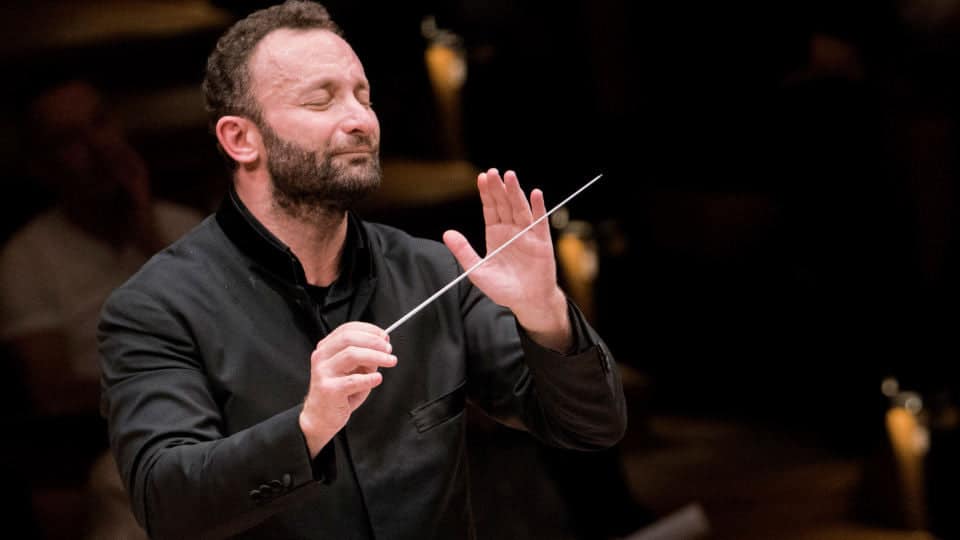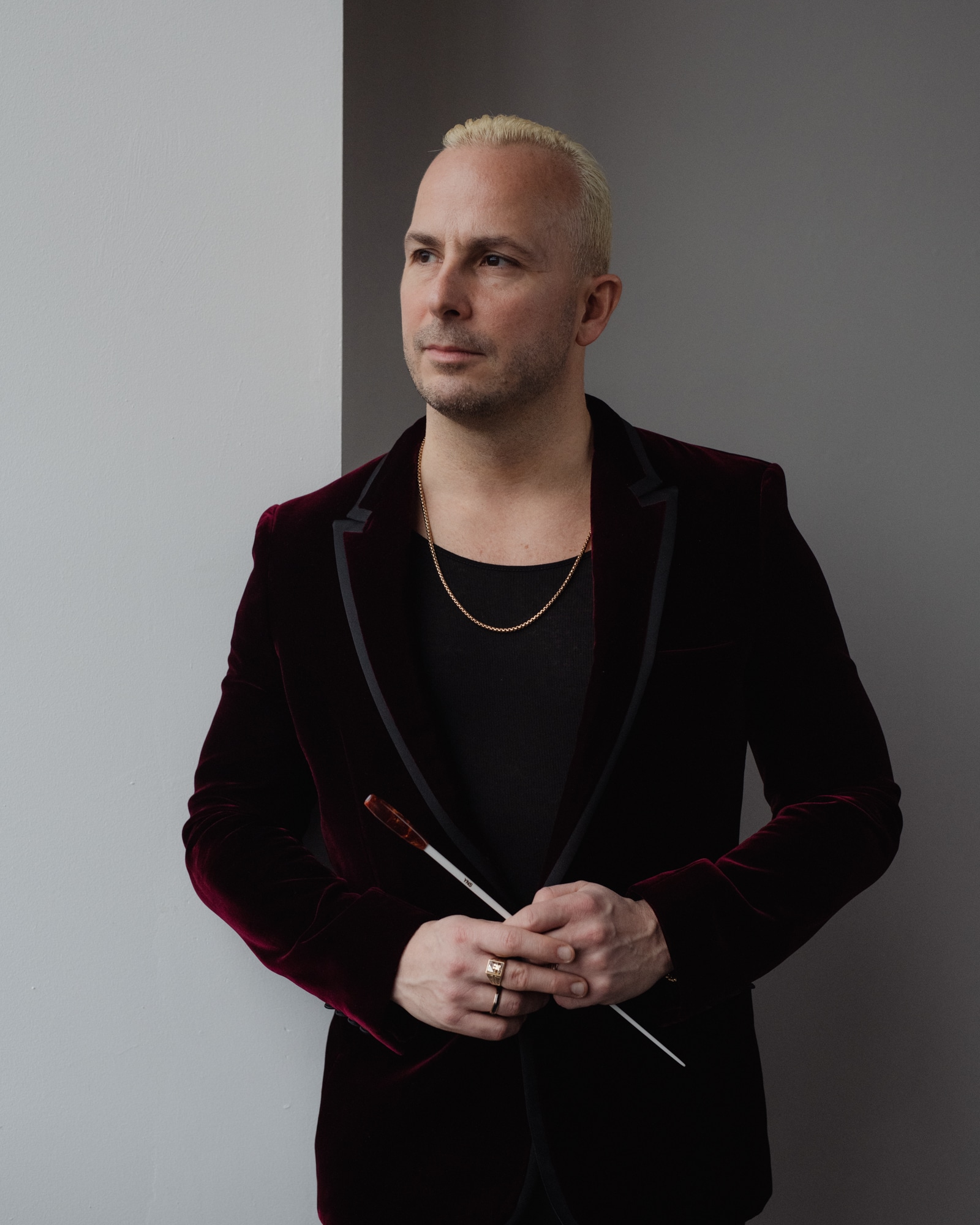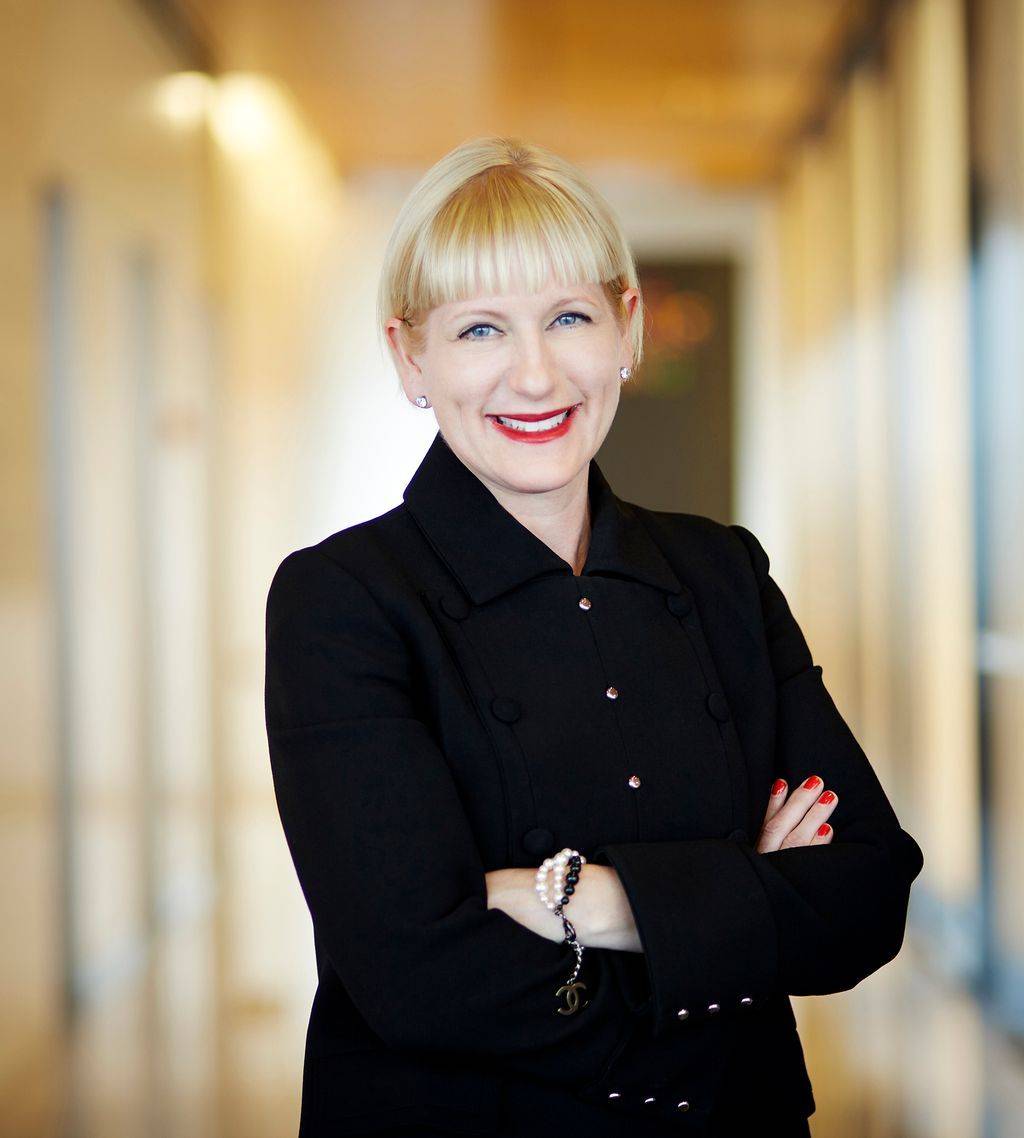Last composer standing – guess who's top now
UncategorizedJust when you thought the most performed works of 2000-2010 were soft-focus sad songs, new results just in from the Music Sales Group in London and New York overturn the tables.
First from the London office of Chester, Novello, Dungaven and St Rose. At joint number 10, it’s Judith Weir’s piano quartet and Ludovico Einaudi’s Devenire with 35 performances each.
Above them, Philip Glass with The Sound of a Voice (39), Rachel Portman, The Little Prince (43), Kaija Saariaho Orion (45) and Hans Werner Henze L’upupa (46).
Into the top five goes Sir Maxwell Davies with The Kestrel Road (2003) –
At 4, it’s Philip Glass, In the Penal Colony (2000) – 65.
At 3, the soaring Finn Kaija Saariaho with her 2000 opera L’Amour de loin – 66.
The runner-up is Glass, again, with 87 plays of Concerto Fantasy for two timpanists.
But the translatlantic winner, and by a nautical mile, is Joby Talbot’s Entity (2008) with no fewer than 110 performances. Entity is an hour-long dance piece for Wayne Macgregor’s company, advised by six cognitive scientists who observe the brain/body relationship. In that respect, at least, it qualifies as a very 21st century piece. Talbot, 38, got an early boost as resident easy-listening composer at Classic FM. He has since become more complex.
Now don’t go away. Here come the US top ten from Schirmer.
At 10, it’s Avner Dorfman with Spices, Perfumes, Toxins (2006) – 33 performances.
At 9, Peter Lieberson’s gorgeous Neruda Songs (2005) – 34
At 8, Robert Xavier Rodriguez’s 2005 opera La Curandera – 37.
At 7, Gabriela Lena Frank’s Three Latinamerican Dances (2003) – 38
At 6 John Harbison, Concerto for Bass Viol and Orchestra (2006) – 45.
And now it starts to get interesting. In fifth place is Richard Danielpour’s opera Margaret Garner with 64 showings. At 4, it’s John Corigliano The Red Violin Concerto (2003) with 71 concerts. Number 3 is Nathaniel Stookey, The Composer is Dead for narrator and orchestra (2006) with no fewer than 104 performances.
In the runner-up position is Tan Dun with Crouching Tiger concerto for erhu and orchestra from a hit film – 139 performances.
But the winner – and who would have guessed? – is Joan Tower. Her 2008 piece Made in America, recorded in Nashville under Leonard Slatkin, won three Grammy awards and has been doing good box-office ever since.
No further comment at this pojnt. I’m still awaiting figures from Schott and one or two more. But I expect tomorrow to give the complete chart of 21st century classical best-sellers. And as you can see, it ain’t what you thought.
|
|
|
|





Some interesting results from Schirmer. Tower’s Made in America was the first installment of Ford’s Made in America program, in which a specially commissioned piece is performed by participating orchestras in all 50 states. A new Joseph Schwantner piece is currently making the rounds.
What about self-published composers? As elements of this industry (e.g. recording) continue to decentralize more and more young composers are self-publishing (Jennifer Higdon and John Mackey come to mind), or going with much smaller outfits like Bill Holab Music (who has an impressive roster of young composers and, until a few months ago represented Osvaldo Golijov).
Might statistics from performance rights organizations like ASCAP or BMI help provide a more complete picture of the most performed works from 2000-2010?
Not sure whether to be pleasantly surprised or dispirited at the numbers here. Wasn’t it said that Elgar’s first symphony got 100 performances within twelve months of its premiere?
Telling that the high numbers here appear to be for works in which long runs – as theatre scores, or parts of a co-commissioning process – are fixed in advance. (Maybe a survey of most-performed orchestral works in the 1990s, in the UK, would put Jonathan Dove’s “The Ringing Isle” out front, for much the same reason).
Also, is it possible that modern orchestral planning cycles of 12-24 months make it hard to capitalise on a sudden “hit”? I remember being astonished, back in the 1990s, at how slow most UK orchestras were to respond to the sudden popularity of Gorecki’s 3rd.